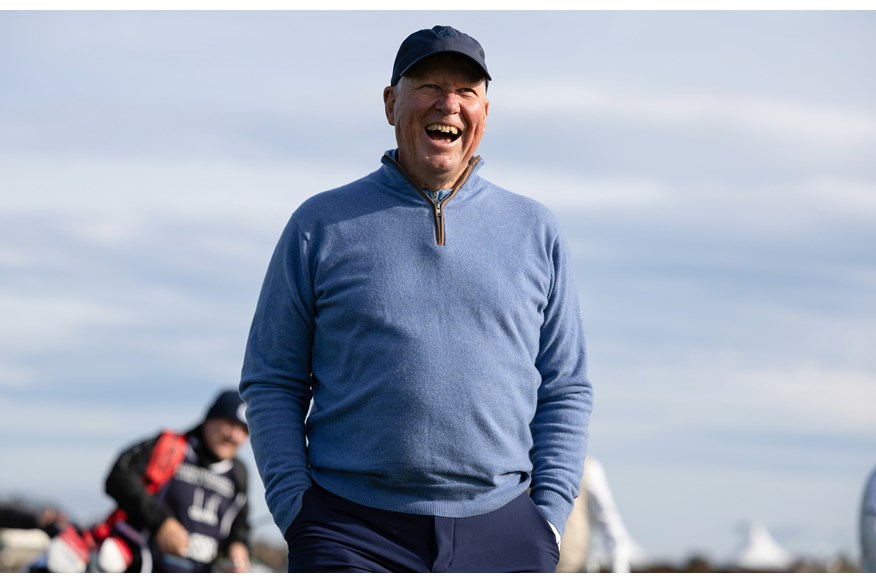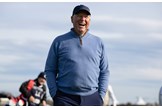Universal golf ball rollback set to be announced in landmark decision
Last updated:
R&A and USGA are set to impose a ‘distance tax’ on all golfers, but is this a price we should all be happy to pay?
A proposed ‘golf ball rollback’ designed to curtail hitting distances of the game’s elite looks set to get the green light from golfing authorities, albeit with one final twist in the tale.
We will all have to accept our clubhead speed will not stretch as far in the years to come.
The golfing world pushed back against shorter balls being used exclusively in professional golf (bifurcation), meaning the golf powers that be are likely to push forward and enforce the ruling on us mere mortals too.
The rollback could be viewed as a ‘performance tax’, whereby for the same level of physical exertion, golfers will now receive a real-world yardage cut of anywhere between 10 and 15 yards.
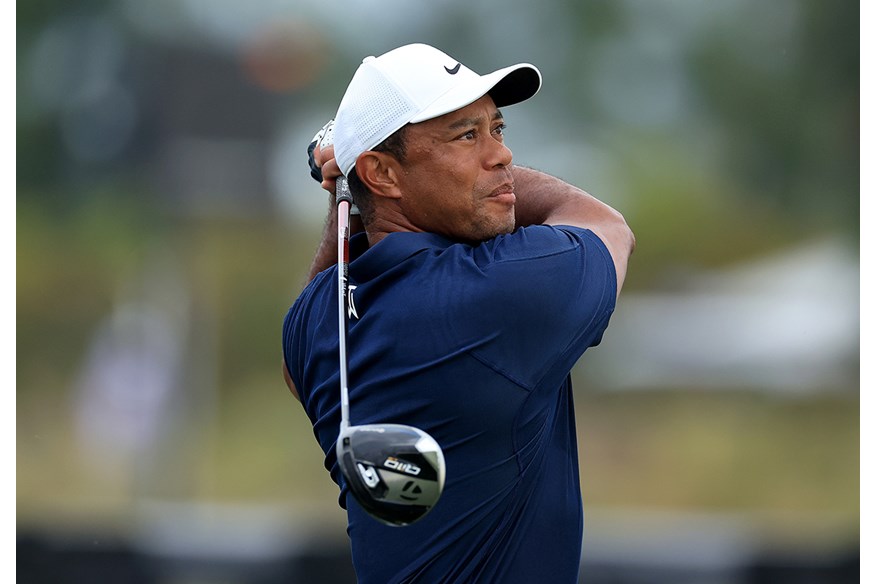
The expected announcement will see a revision to the swing speed at which golf balls are tested, rising from 120 mph to 125 mph, however, the distance threshold of 317 yards will remain consistent.
In simple terms, this means that the vast majority of balls on the marketplace today will become non-conforming as they would surpass the ‘Overall Distance Standard’ when struck at 125 mph.
In the three preceding years, golf’s ruling bodies had been closely reviewing distances on tour, which are generally accepted to be increasing by a yard per year, creeping up gradually with proportional increases in both physical capability and technological advancements in the game.
In July, PGA Tour Commissioner Jay Monahan notified the R&A and USGA of its decision not to support the proposed golf ball rollback that would curb hitting distances by around 15 yards, citing “widespread and significant belief the proposed Modified Local Rule is not warranted and is not in the best interest of the game.”
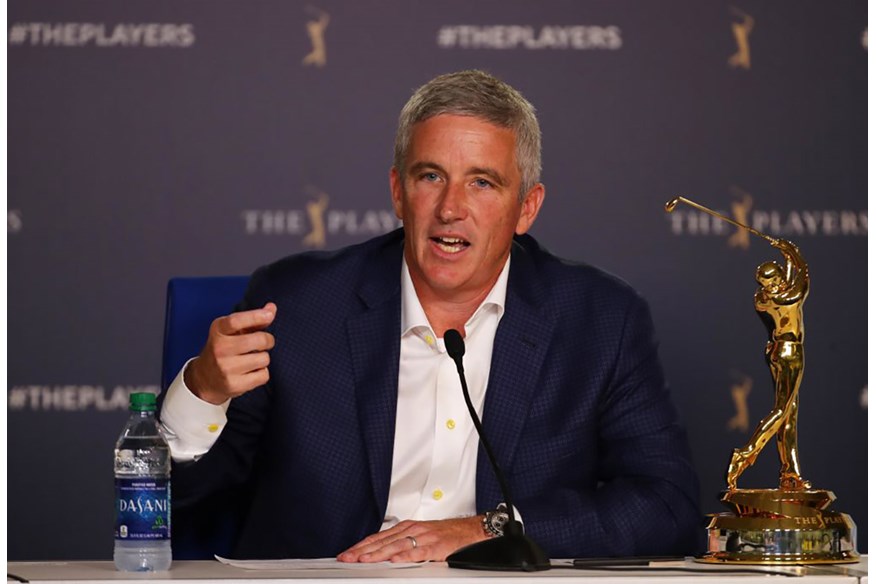
However, despite overwhelming opposition to distance-limiting balls, including punchy reactions from stars including Justin Thomas, Bryson DeChambeau, and Jon Rahm, authorities are steadfast in their assessment that ‘doing nothing is not an option’.
R&A CEO Martin Slumbers said: “Increasing hitting distances are threatening golf’s long-term sustainability and undermines the core principle that a broad and balanced set of playing skills should remain the primary determinant of success in golf.”
These sentiments were echoed by one of the few pro rollback advocates, Rory McIlroy who took to social media to voice his frustration at the opposition.
“I don’t understand the anger about the golf ball rollback. It will make no difference whatsoever to the average golfer and puts golf back on a path of sustainability.
“It will also help bring back certain skills in the pro game that have been eradicated over the past 2 decades”, said the four-time Major winner.
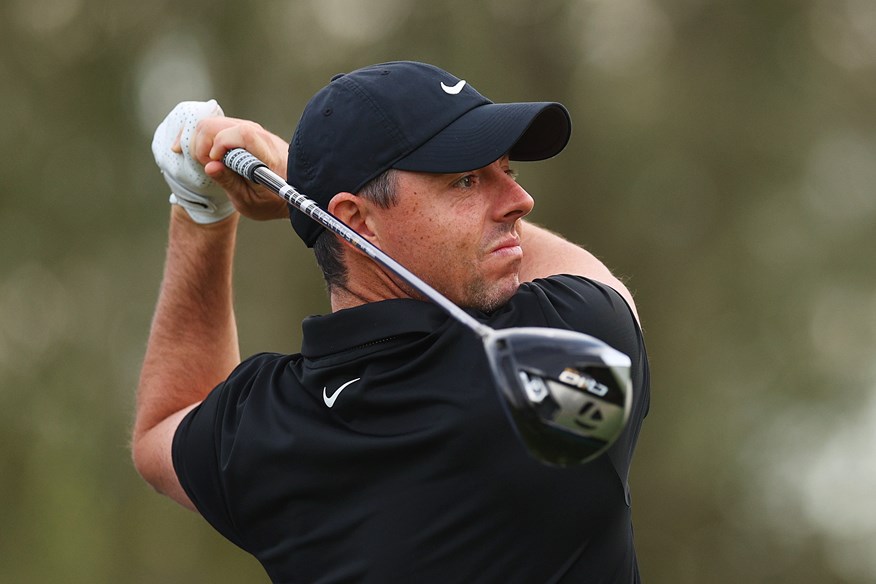
While McIroy’s assessment of the rollback making a negligible difference to the average golfer’s scorecard is probably true, players will still see a proportional decrease in their driving distance to that of the pros.
The average driving distance on the PGA Tour in 2023 was exactly 300 yards. Under new conforming rules, the same player would see their drive travel 285 yards, representing a 5% decrease.
The same 5% shortfall applied to a club player hitting 250 yards, would result in a reduction of around 12 yards. Those hitting the ball further will be impacted slightly more, and those shorter players off the tee, slightly less.
In theory, this will likely mean players reach for one club more for their approach to the green.
One irrefutable concern however is the fact many courses are struggling to adapt to increased hitting distances due to a lack of available land.
It was reported that Augusta National spent in the region of $25 million purchasing land to lengthen Azelea (the iconic par-5 13th) to restore one of golf’s greatest risk-reward holes which was too easily being negated by players routinely being able to hit mid-irons into the green.
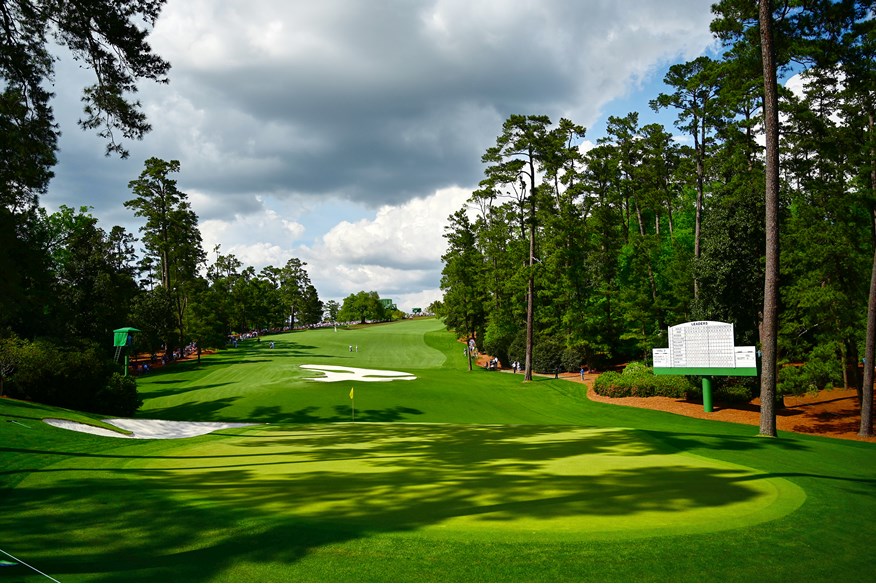
This is one iconic example, amongst many, that illustrates how if the critical determinants of golfing performance are too driving and wedge-play dominant, we may soon be left with a sport devoid of well-rounded champions.
Not everyone will see this as such a bad thing, however.
American commentator Brandel Chamblee did not exactly sit on the fence: “Appreciate the athleticism of the best, but don’t punish the only people in the game that will feel the sting of this decision.
“It’s a very small number of people who are in favor of a rollback. Golf course architects of which there are what, maybe a hundred or so? Golf course architect geeks of which there are maybe a few thousand? And a very few tour players and former tour players, compared to 50 million global golfers and 28,000 PGA of America members against it.”
And in case you’re wondering what the game’s biggest hitter, Bryson DeChambaeu feels about the rollback: “I think it’s the most atrocious thing that you could do to the game of golf.
“It’s not about rolling golf balls back; it’s about making golf courses more difficult. I think it’s the most unimaginative, uninspiring, game-cutting thing you could do. Everybody wants to see people hit it farther. That’s part of the reason why a lot of people like what I do.”
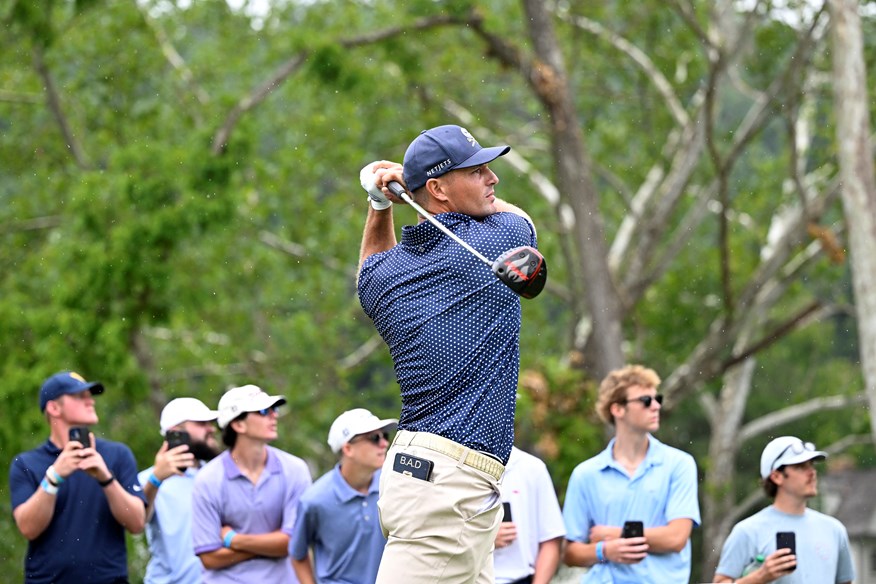
Perhaps the one thing that all sides of the rollback debate can unite on, is that bifurcation was a common enemy, not least to golf ball manufacturers who were facing the prospect of having to double R&D budgets to re-engineer their balls to a second set of conforming criteria.
Playing by a unified set of rules is an essential part of the game’s allure and walking in the same shoes as professionals, playing the same courses, and using the same equipment is a unique selling point that few sports can offer their player base.
The ‘no to bifurcation’ message was received loud and clear by authorities.
“Our job is to listen, said Slumbers.
“But our responsibility is to the long-term future of the game. We’re responsible for our period of time, something that has gone on for hundreds of years and will go on for hundreds more. So, we are listening. And we have decided what we are going to do.”
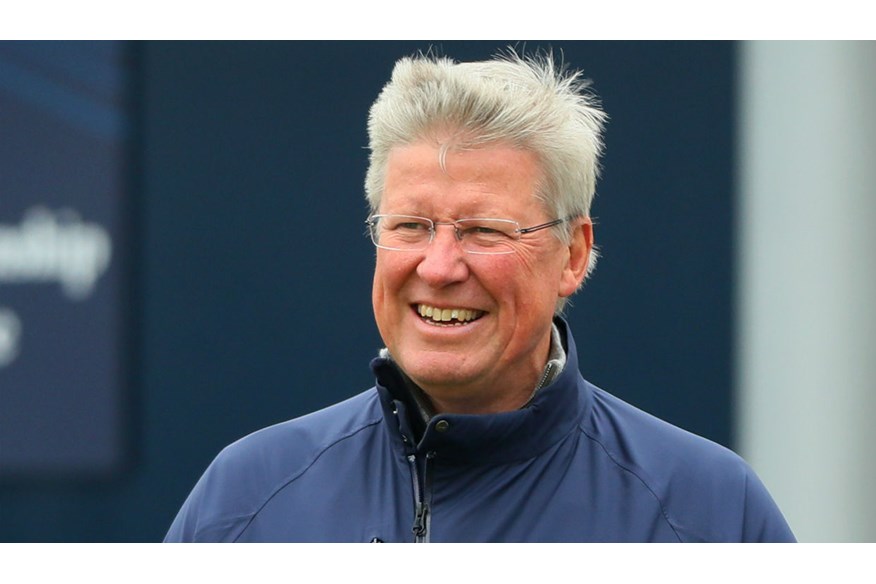
And we should all back that decision according to Padraig Harrington.
The three-time Major-winner said: “I can’t think of a reason why our game’s governing bodies would not act in golf’s best interest. This is just one of many rules they change every few years.
“They don’t always get it right, but they act in the group’s best interest, if not always in the individual’s best interest. If it doesn’t work they can always change it back.”
So, is a 5% tax on your hitting distance a price you are willing to pay? Is total distance important to you, or is it the challenge of outdriving your playing partner more satisfying? Do we need to curtail hitting distances to preserve the challenge of shorter courses, or does course design need to innovate? Is using the same golf ball as the pros even important to you?
Change will always spark debate and only time will tell if a universal rollback is the right call.
For now, I’m just excited at the prospect of not being able to reach the out-of-bounds area off the first tee.
BECOME A TODAY’S GOLFER MEMBER: Unlimited access to premium content and exclusive rewards!
